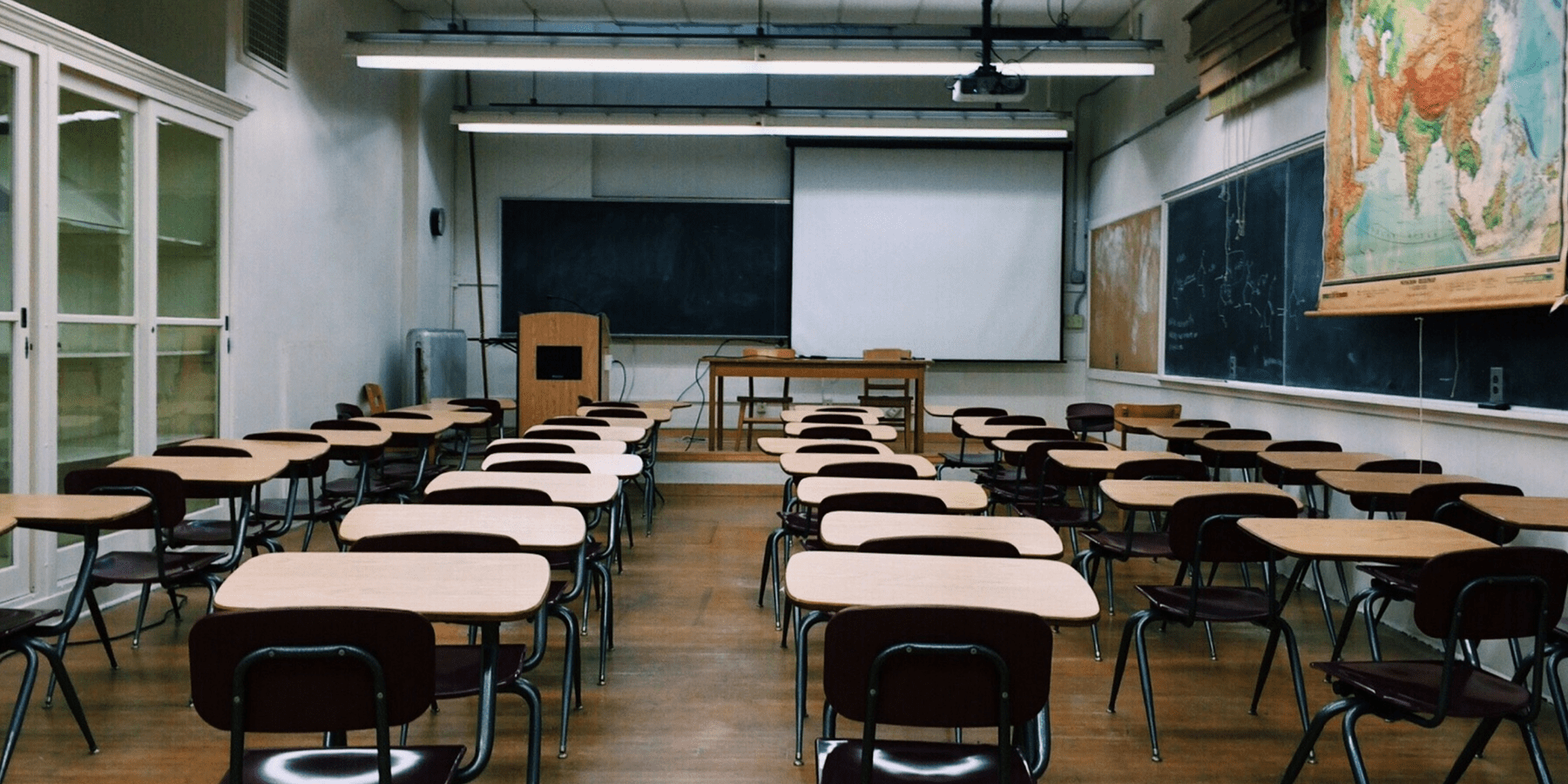
The REAL Effect of Food Rules on the Eating Pattern of Adolescents

The essence of consuming healthy food cannot be overemphasized for all ages as the consistent and tenacious intake of healthy food, is capable of facilitating a health development of pertinent parts of the body, especially in teenagers. According to the research reports collected from Stanford, based on a survey, it was realized that the eating pattern of teenagers from home, influences their orientation about eating when they leave it. When they have a very high standard from home, they tend to improve and get a healthier standard for themselves when they are on their own.
When we say broccoli is very good for teenagers, they tend to pay more attention to this saying than we notice. The advent of this new study discovery of the Stanford researchers about teenagers has made it known to the outside world that the orientation of adolescent as regards their eating pattern, strongly depends on what they have been trained with right from home. This discovery should be delightful to the hearing of parents who truly desires that their wards consume a lot of vegetables while at home and when they are away from home.

With reference to the food rules of parents in contemporary times, it is important that they are rules that are capable of encouraging a very healthy eating shape. Representatives from the Stanford doctoral school Priya Fielding-Singh and Jennifer Wang wrote in their study
Importance of Maintaining A Healthy Eating Standard
According to Fielding-Singh and Wang, some of the feeding rules that are laid-down with respect to health, are of a very high significance for the healthy living of adolescents, and these rules will be effective due to the fact that they do stress the importance being healthy and they are also good for making good food choices. Rules and principles that are not in relation to health matters, for example, not keeping a cell phone on the table when taking a meal, do not affect guiding teenagers in making food choices and other decision that are in relation to taking healthy food.
However, in contrast to the principles that are not in deep relation to health food intake, rules that are meant for orientating teens about the consumption of health food such as, “vegetables should be a part of the meal for dinner;” or “junk foods are only to be taken occasionally, especially for special occasions that they cannot be avoided.” Such rules have seriously assisted in sharpening the orientation of teens about a healthy food decision.
A Study With Reference To The Food Choices Of Teenagers
Wang and Fielding-Singh took a random sampling of about 1,246 teenagers in some high schools situated in San Francisco bay arena, to understand the independent food decision of teens around that area and to generalize their result for all on the assumption, taking into consideration some other factors. Concerning this test that is being undertaken, the students were requested to state their feelings and perceptions concerning the feeding and dietary patterns, not letting away their views and opinion about the attitudes of their parents or guardians with relation to their food rules and choices.

San Francisco Receives Wang And Fielding-Singh For Their Research In High Schools
In intense accordance to the response of students to this study, there are very much aware and conscious of the fact that some foods are healthy for consumption, as well as those that are not too good to be eaten. Fielding-Singh who happens to be a sociology doctoral student of the Stanford School of Science and Humanities in conjunction with Wang, who is also a candidate in the doctoral college studying resources and environment majorly and also minors in psychology.
The Curiosity Of Researchers About The Upshot Of Food Rules
Fielding-Singh said, adults, tend to undermine the fact that adolescents are aware and conscious healthy state of what they eat or consume. Over this period, they have been very curious about the perceptions of teenagers in the way and manner at which they make decisions about their consumption pattern and food rules, when their parents are around and when their parents are not watching them, for some reasons.
So they both imbibed in their study self-induced experiment in their study, in which at the start of the review, the students that are to be the subject matter for the study were informed that their participation is such that it was capable of earning that a raffle draw to win any two snacks that they might be interested in, which was a part of the research experiment. The raffle was one of the agenda for the research, from which the researchers were capable of inferring useful assertions.
More in Advisor
-
`
Will Bitcoin Crash to $0 or Hit $500K in a Decade?
Bitcoin’s future divides analysts into two extreme camps. Some see it becoming one of the most valuable financial assets in history....
October 12, 2025 -
`
Can Anyone Really Blame Mariah Carey for ‘Leaving’ the Real World?
Mariah Carey isn’t like the rest of us. From the moment she opens her mouth and that voice pours out, she...
October 10, 2025 -
`
Intel Invests in Nvidia, but Ratings Remain Unchanged
Intel’s stock jumped more than 30% after news broke that Nvidia poured $5 billion into the company. The rally sparked renewed...
October 5, 2025 -
`
Homeownership vs. Real Estate Investment: What’s Better?
Homeownership has long been seen as the American dream. But today, more people are asking: Is it really the smartest way...
October 3, 2025 -
`
Why the Armani Fashion Empire Is Set for an IPO
Giorgio Armani, one of the most iconic names in global fashion, left behind a detailed plan for the future of his...
September 27, 2025 -
`
Why Do Pokémon Cards Outperform the S&P 500 As an Investment?
Pokémon cards have outperformed the stock market by a mile. Since 2004, they have delivered a staggering 3,821% return, according to...
September 27, 2025 -
`
America’s Billionaires Get Older—Millennials Wait for Wealth Transfer
Many of today’s billionaires don’t match the youthful tech-founder image often portrayed. While names like Elon Musk, Sam Altman, and Mark...
September 21, 2025 -
`
Can President Trump Legally Fire Fed Governor Lisa Cook?
Lisa Cook is right in the middle of one of the most explosive legal battles in Washington. President Trump wants her...
September 20, 2025 -
`
Jeff Bezos’ Advice for Millennials Who Want Financial Success
Millennials today have grown up in a world where instant access to products and services is the norm. From two-day deliveries...
September 13, 2025















You must be logged in to post a comment Login